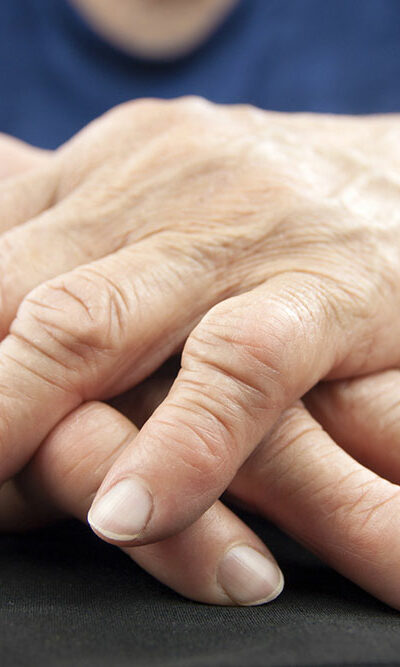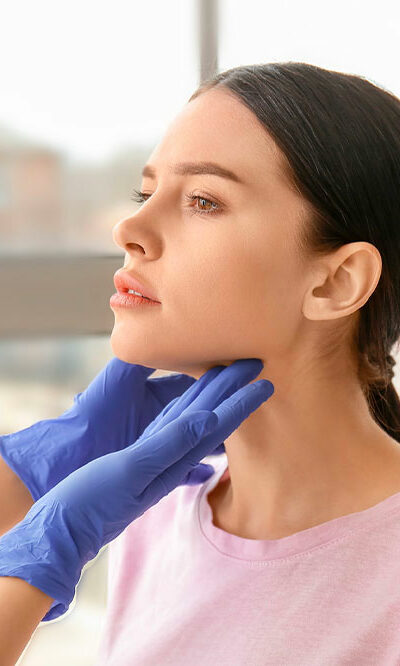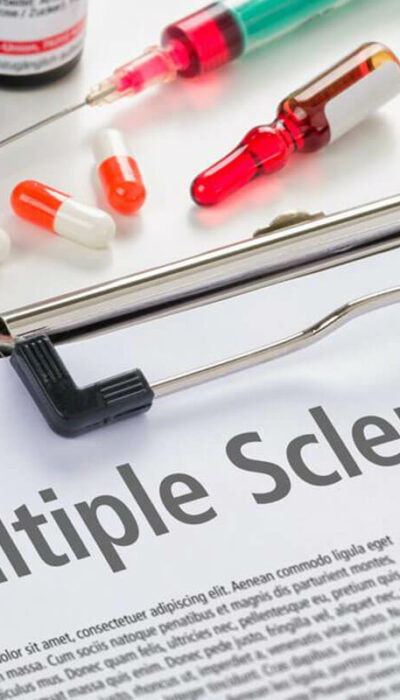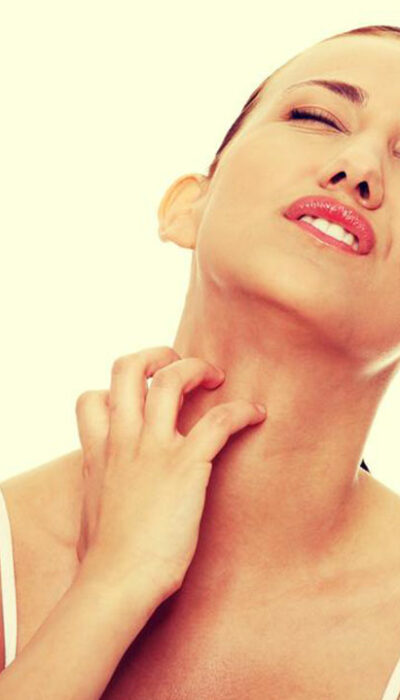
Healthy foods to keep bladder problems at bay
Good nutrition can turn around a person’s health, preventing varied illnesses like heart disease, diabetes, and obesity. It helps improve the overall quality of life, enhancing productivity, agility, and mental health. This article discusses the foods that help improve bladder control and help manage the symptoms that come with the condition. Let’s take a look at this compiled list. Nuts, seeds, and legumes These foods are a potent source of fiber that helps enhance the work of the digestive tract. Quick digestion aids in lowering the pressure a full stomach can have on the bladder, which may multiply the symptoms of an overactive bladder. This category includes foods like black beans, chickpeas, kidney beans, split peas, lentils, peanuts, and pumpkin seeds, among others. The idea is to consume more plant-based foods over refined and overly processed ingredients. Non-citrus fruits and vegetables Citrus foods can irritate the bladder, leading to intense bladder control symptoms. Hence, foods like lime, lemon, oranges, grapefruit, citrons, etc., are best avoided. Foods recommended to add to one’s meals include sweet potato with skin, broccoli, pears, green beans, winter squash, and peas. Lean meat and fish Fresh lean meat and fish are a good choice for people with bladder control issues. Additionally, fish like mackerel, salmon, shellfish, and tuna are potent sources of monosaturated fats that are good for bladder health. If one doesn’t eat fish, they can opt for flax seeds and nuts. Oats, oatmeal, and homemade bread These are recommended staple options for one to add to their daily food regime. These whole grain options are easy on the digestive system and also come with the benefits of fiber, making them a great satiating option that’s good for the bladder. Eggs and cheese These two breakfast staples can be a part of the daily nutrition for a healthy bladder.










